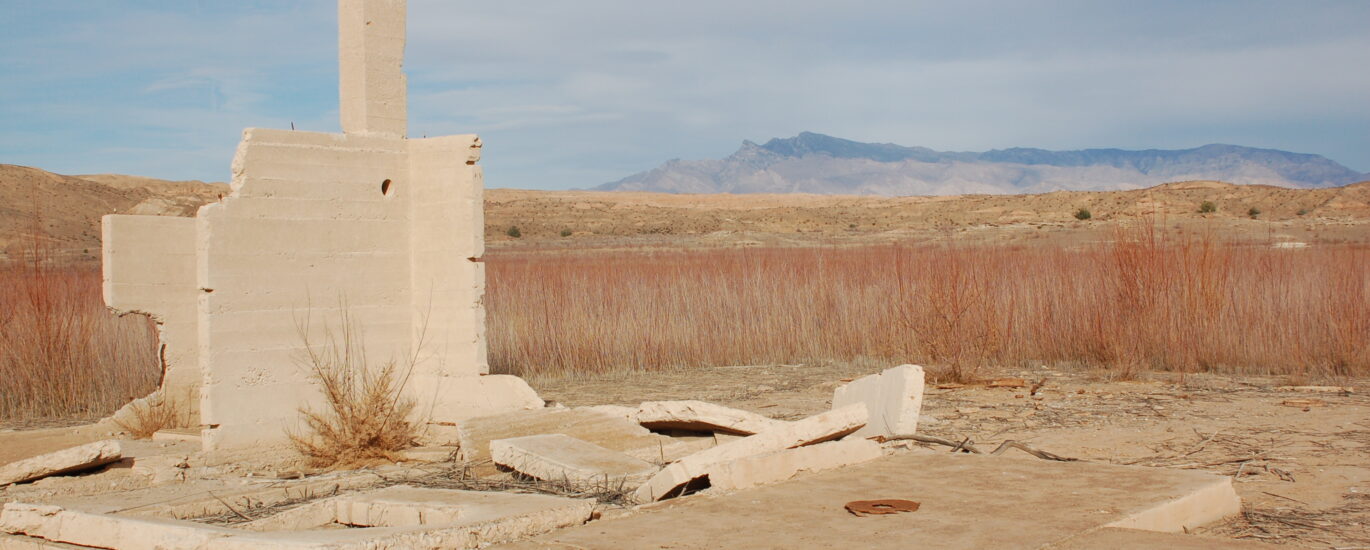Welcome to St. Thomas, Nevada, a ghost town with a rich tapestry of history that echoes through the quiet desert landscape. This seemingly barren place holds stories of pioneering spirit, transformation, and resilience. Let’s step back in time to uncover the fascinating history of this once-thriving community.
St. Thomas was founded in 1865 by members of the Church of Jesus Christ of Latter-day Saints, led by Thomas S. Smith, after whom the town was named. The settlers aimed to establish a community in the Muddy River Valley, a fertile oasis amidst the arid Mojave Desert, to support their agricultural endeavors. Despite the harsh conditions, they built homes, schools, and a thriving agricultural economy.
The town’s early years were marked by the struggle for resources and governance. St. Thomas found itself at the crossroads of territorial disputes between Nevada and Arizona, and even Utah at one point, due to shifting state boundaries. This led to a peculiar situation where residents were required to pay taxes to multiple jurisdictions, causing many to leave in frustration.
Fast forward to the early 20th century, St. Thomas became a growing community with a population of around 500 people. It boasted a hotel, a post office, and even a newspaper. However, things took a dramatic turn in the 1930s with the construction of the Hoover Dam. As Lake Mead began to fill, the inevitable happened—St. Thomas was slowly submerged under the rising waters by 1938.
One of the notable figures associated with St. Thomas was William ‘Bill’ Garrett, the last resident to leave the town. In a poignant act of farewell, he set his home on fire before rowing away, symbolizing the end of an era. The waters of Lake Mead covered the town for decades, but with recent droughts, the ghostly remnants of St. Thomas have resurfaced, drawing visitors to its hauntingly beautiful ruins.
Today, St. Thomas stands as a testament to the perseverance of its early settlers and the transformative forces of nature and human progress. It offers a unique window into the past, where one can walk among the foundations of homes and businesses, imagining the vibrant life that once thrived here. The site is a poignant reminder of the impact of large-scale engineering projects and shifting environmental conditions on communities.
So, as you explore the desolate remains of St. Thomas, imagine the laughter of children playing, the bustling activity of farmers tending their fields, and the hum of daily life in this desert outpost. St. Thomas may be a ghost town, but its stories are very much alive, whispering through the winds of the Nevada desert.




